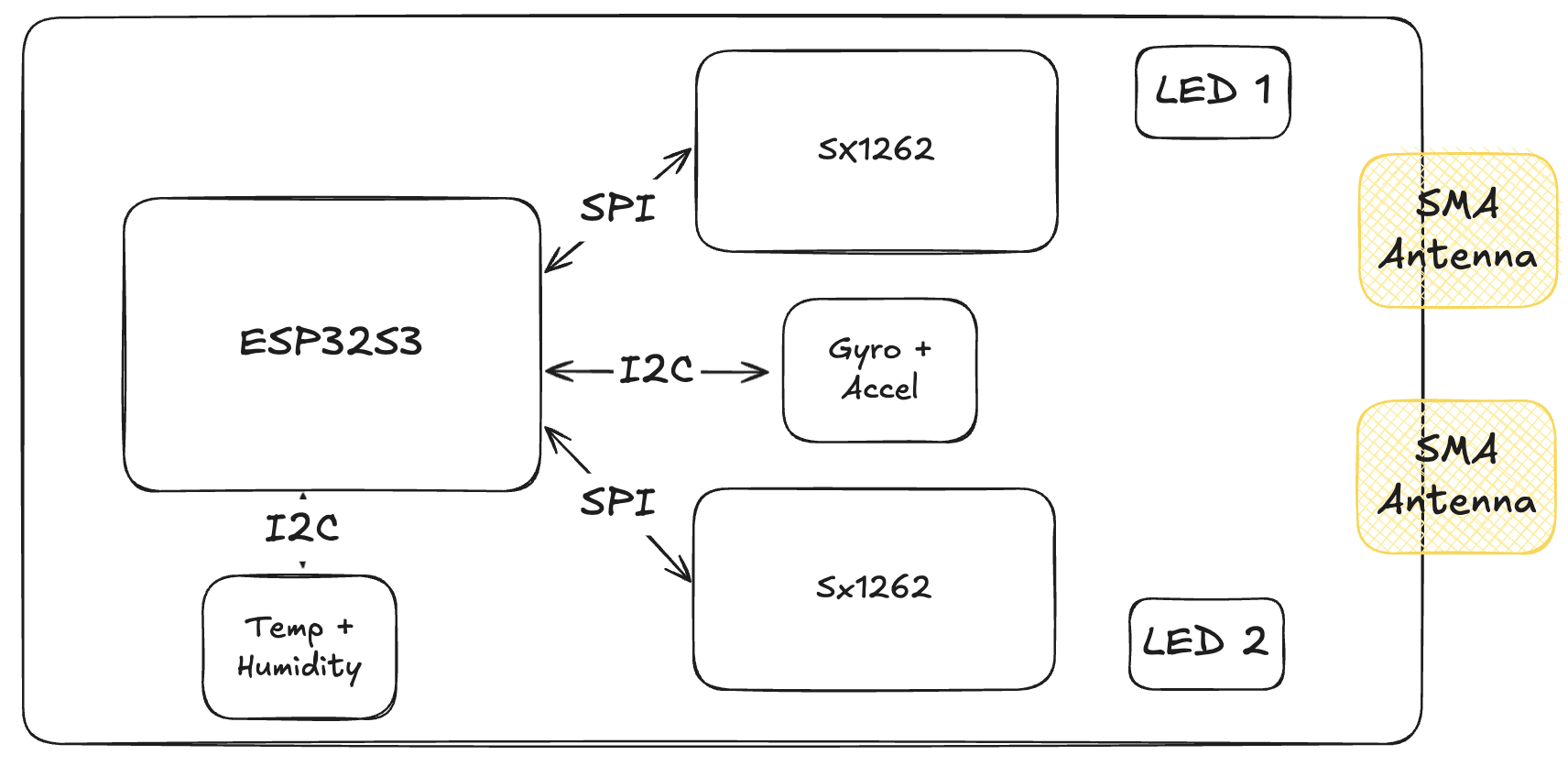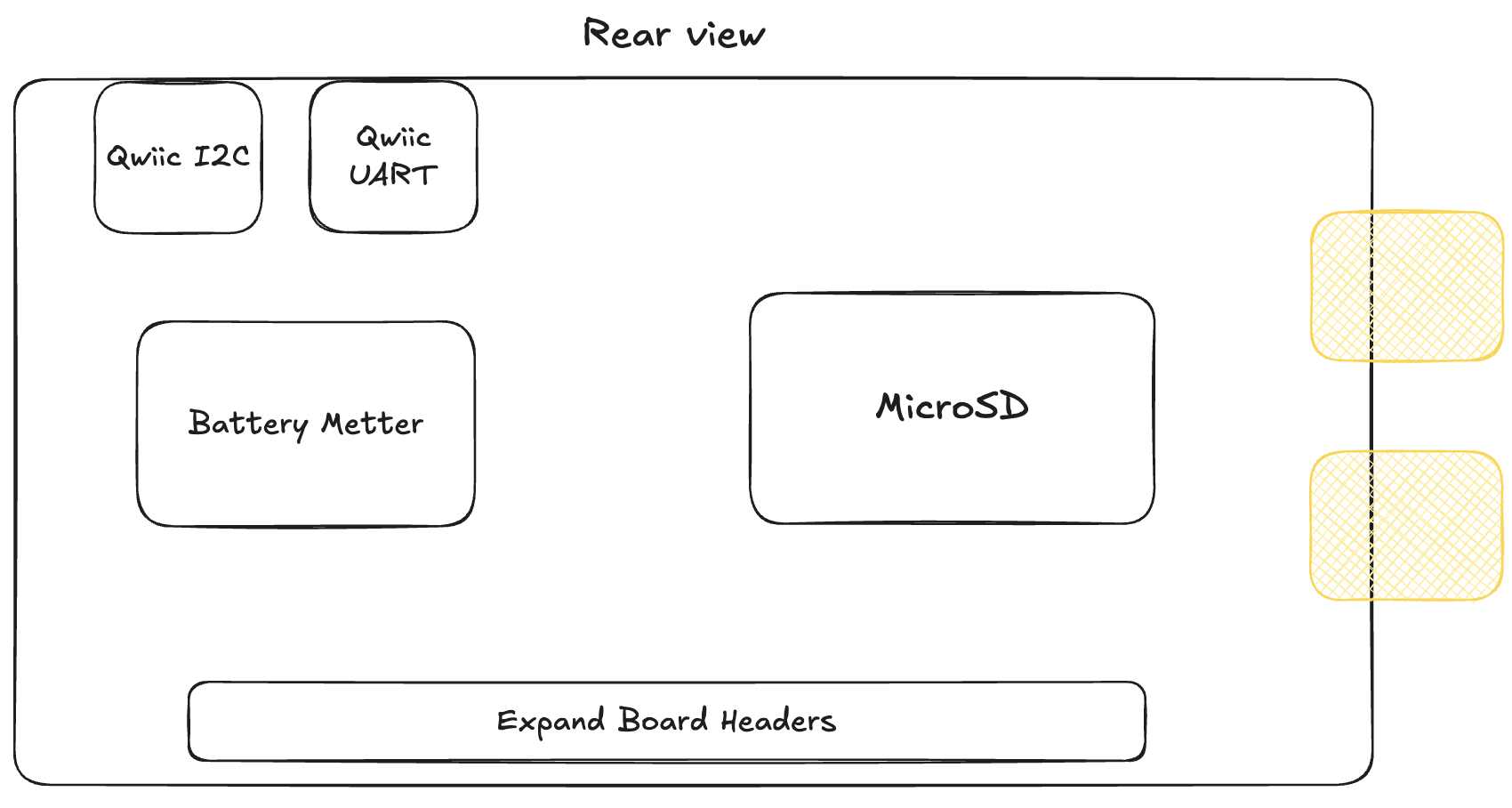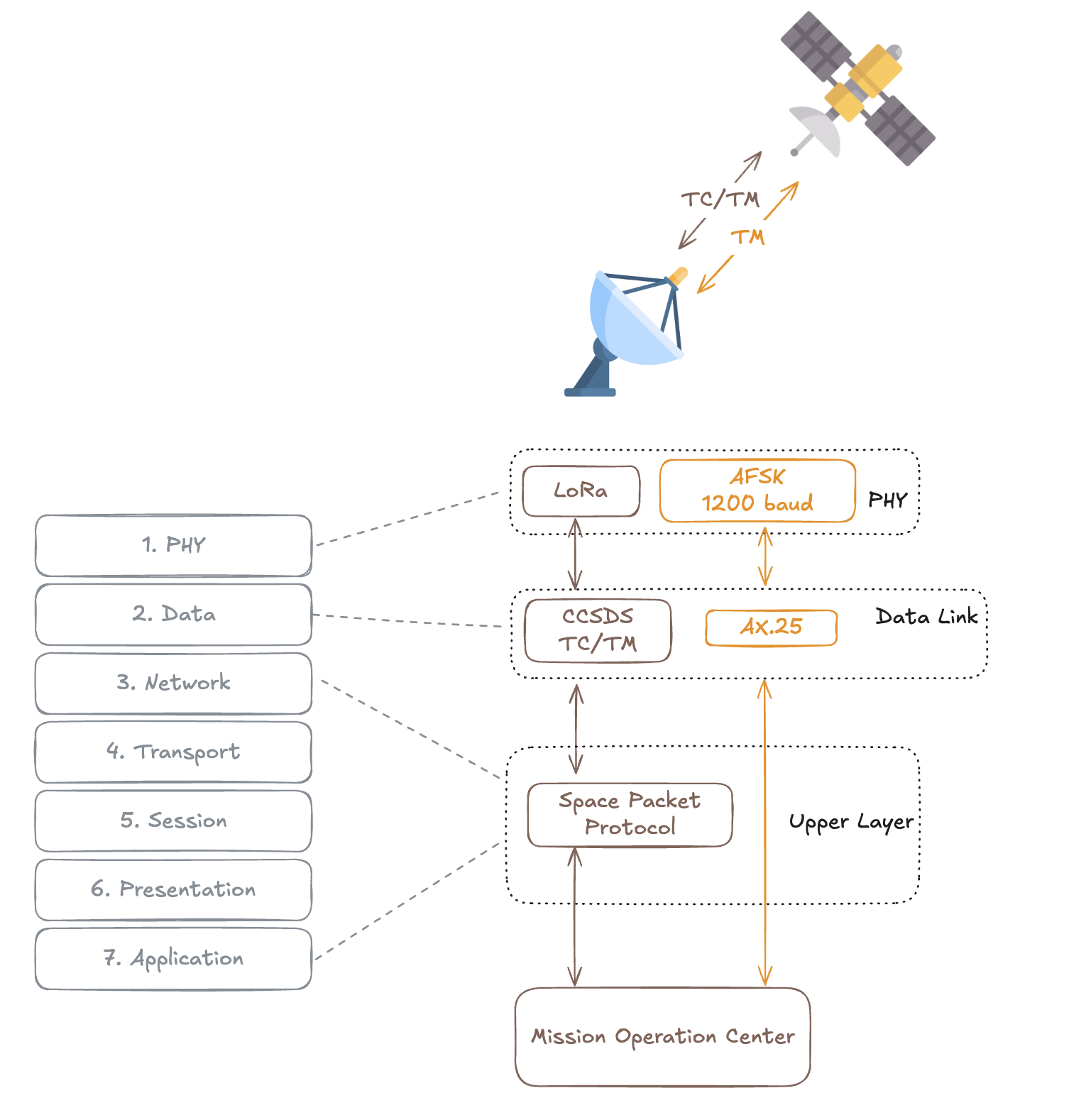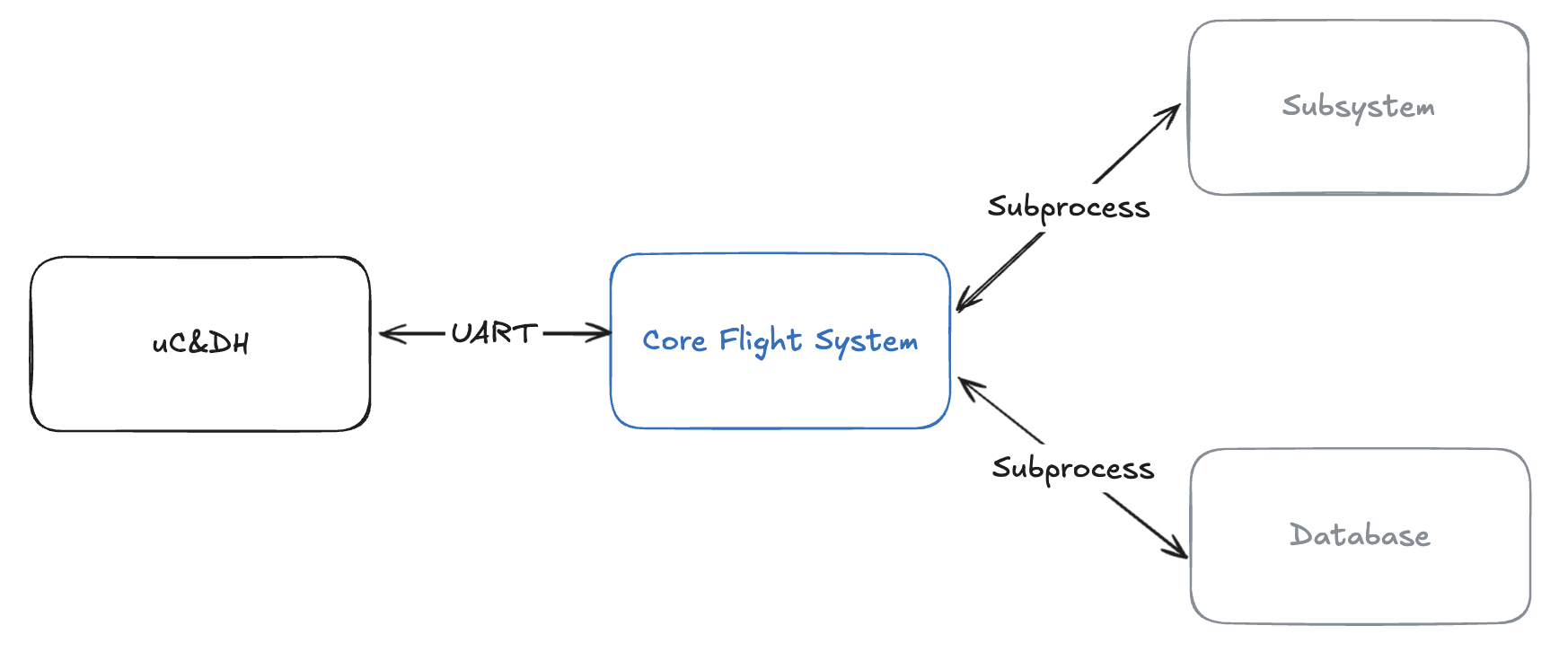Understanding the Flatsat
A hardware-based training platform designed to be vulnerable
Flatsat is a hardware-based training platform designed to be vulnerable — on purpose. It’s built for hackers, engineers, and space enthusiasts who want to dive deep into space-grade systems, learn cybersecurity concepts, and prototype their own payloads — all at an accessible, low cost to encourage learning and experimentation.
Hardware Design
The idea

- Central Processor:
- ESP32-S3 is used as the central processor handling both TT&C (Telemetry, Tracking & Command) and AD&C (Attitude Determination & Control) functions due to its powerful dual-core architecture and compatibility with embedded development.
- Communications:
- SX1262 LoRa transceivers are used for both uplink and downlink — connected via SPI — offering low-power, long-range wireless communication ideal for simulating satellite radio links.
- Sensors:
- MPU6050 provides inertial data (gyroscope and accelerometer) crucial for attitude control.
- BME280 supplies environmental readings (temperature, pressure, and humidity)
- Both sensors communicate via I2C for simplicity and efficiency in data acquisition.
Expansion and Modularity
Recognizing the complexity of modern aerospace systems, Flatsat includes expansion headers for modular growth. This design supports stacking additional boards (e.g., cameras or advanced sensors) following the CubeSat architecture, enabling development of more sophisticated mission payloads and subsystems. This modular approach promotes flexibility, rapid prototyping, and realistic system scalability.

Flatsat Architecture

CCSDS Standards implementation
Flatsat incorporates elements of the CCSDS (Consultative Committee for Space Data Systems) standards to ensure educational alignment with real-world protocols. While LoRa is not a CCSDS-approved modulation, it is used here as a practical layer due to hardware constraints, allowing us to simulate protocol behavior within a 128-byte transmission limit.
Implemented Standards:
- CCSDS 133.0-B-2 – Space Packet Protocol
- CCSDS 232.0-B-4 – TC Space Data Link Protocol
- CCSDS 132.0-B-3 – TM Space Data Link Protocol
This enables payload encapsulation and parsing to reflect actual satellite data handling and link-layer behavior, offering users insight into how data is structured, validated, and processed in space systems.
AX.25 Integration
AX.25 is a well-known amateur radio protocol used extensively in satellite missions and by the amateur radio community. It’s compatible with a wide range of ground station software and SDR (Software-Defined Radio) tools.
Flatsat uses AFSK 1200 baud modulation to transmit AX.25 frames via the SX1262, enabling users to decode telemetry with low-cost SDRs—fostering hands-on experience in signal demodulation and protocol analysis.
Firmware

Dual-Radio System
The system features dual transceivers to support flexible mission configurations. One radio can be set in semi-full-duplex mode using LoRa for both uplink and downlink commands, while the second handles downlink-only AFSK/AX.25 telemetry. This separation mirrors real satellite architectures, ensuring reliable and structured communication flow.
uC&DH: Micro Command & Data Handling
To manage interactions between subsystems, Flatsat implements a micro Command and Data Handling (uC&DH) module. This unit coordinates commands received from the ground station and routes telemetry from various subsystems to the communication stack—serving as a central bridge in the software-defined architecture.
Software system

Inspired by NASA’s core Flight System (cFS), Flatsat implements a lightweight version of the cFS architecture. This includes:
- Serial UART interface for communication with subsystems
- Subprocess logic for command parsing, file transfers, and data storage
- Database logging of commands and telemetry
- Limited shell access for ground station interaction
This modular design mimics the structure and logic of professional mission software systems while remaining accessible for training and experimentation.
Ground Station
The ground segment uses the SimpleC3 software, offering an intuitive interface for users to:
- Send commands
- View telemetry through graphical dashboards
- Log and replay data
- Simulate satellite-ground interactions
It supports operation with a LoRa USB stick or SDR with Tx/Rx capabilities, adapting to various levels of hardware availability.